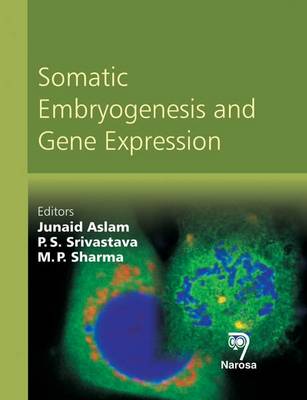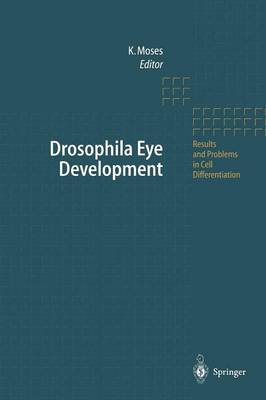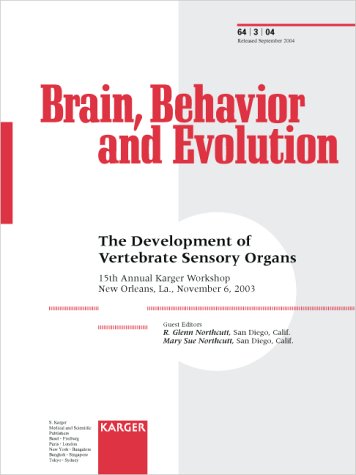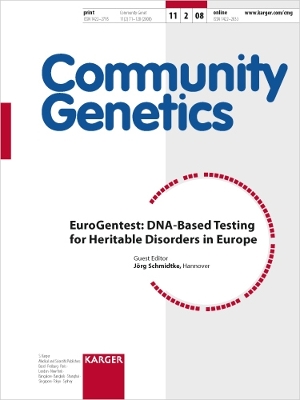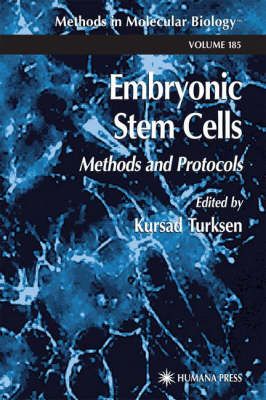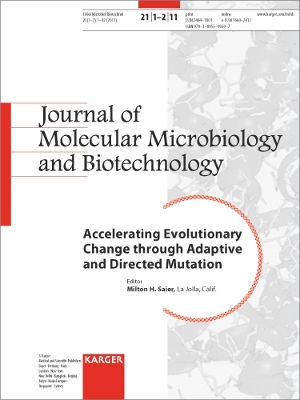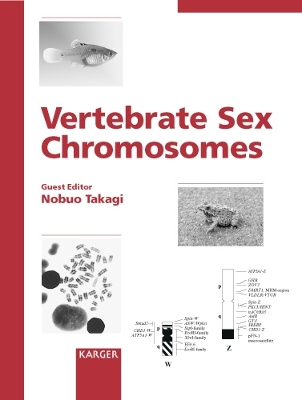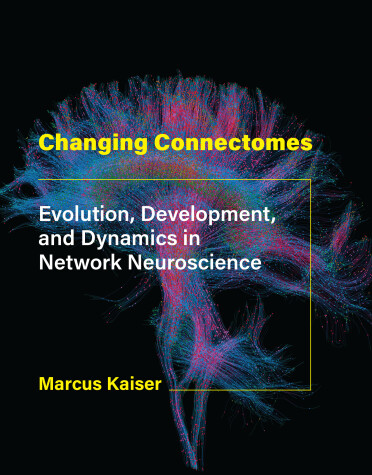Bat Skeletal Growth: Molecular and Environmental Perspectives
The ability to perform true flight with a wing has set bats aside as unique and important vertebrates. How the hand of a primitive mammal might have evolved into a hand-wing remains an elusive yet challenging question facing biologists. This special issue was designed to bring together ideas about the growth and development of bats, specifically looking to integrate ideas on how the bat wing emerges as a unique structure from the embryonic hand, and where some of the most rapid growth occurs wi...
1 Introduction 1. 1 Wnts and Development The f amily of Wnt genes consists of at least 19 members in vertebrates. Wnts ha v e multiple roles during normal development and aetiology of diseases (Wodarz and Nusse 1998; Moon et al. 2002, 2004). These genes encode for glycoproteins that are released in the intercellular space, acting as intercellular mediators (Moon et al. 1997). By binding to their special receptors, the Frizzled (Fz) receptors, they are able to activate at least three different pa...
Creasy-Resnik's Study Guide for Maternal Fetal Medicine
by Charles J Lockwood, Thomas Moore, Joshua Copel, Robert M Silver, Robert Resnik, Judette Louis, and Lorraine Dugoff
Trial by Fire and Water (Oxford University Press academic monograph reprints)
by Robert Bartlett
An examination of the workings of trial by ordeal from its first appearance in the barbarian law codes, tracing its use by Christian societies to its last use as a test for witchcraft in modern Europe and America. Trial by ordeal has been an important legal procedure in many periods and regions. This work discusses various recent theories about the operation and decline of the practice. The author also considers some of the general historical problems of understanding a society in which religiou...
Somatic Embryogenesis and Gene Expression
by Junaid Aslam, P.S. Srivastava, and M P Sharma
Provides an insight into current advances in the development of somatic embryogenesis, as well as the cellular and molecular mechanism, differential gene expression, and extracellular protein markers during different developing stages of somatic embryogenesis. It cover somatic embryogenesis in dicotyledons and monocotyledons plants, different factors regulating somatic embryogenesis (plant genotype, level of sugar in the medium, type and concentration of growth regulators, photoperiod, gelling...
Drosophila Eye Development (Results and Problems in Cell Differentiation, #37)
1 Kevin Moses It is now 25 years since the study of the development of the compound eye in Drosophila really began with a classic paper (Ready et al. 1976). In 1864, August Weismann published a monograph on the development of Diptera and included some beautiful drawings of the developing imaginal discs (Weismann 1864). One of these is the first description of the third instar eye disc in which Weismann drew a vertical line separating a posterior domain that included a regular pattern of clustere...
A Dictionary of Scientific Terms
by I F Henderson and W D Henderson
Biokinetics and Biodynamics of Human Differentiation
by E., M.D. BLECHSCHMIDT
Fifty years ago the field of human embryology was incomplete; prior to that time the anatomy of early human embryos was still unknown, and there was much to be learned about the older stages of human embryonic development. It is now understood that human organs result from step-by-step differentiations of the growing human embryo. Research by renowned embryologist Erich Blechschmidt, MD, showed that differentiations are not only the result of a gene effect, but are also brought about through gro...
This book presents an anatomical overview of the changing form and structure of the human body. Although biomechanical embryology can be traced back to the 19th century, up until recently the most commonly accepted framework for the study of human ontogeny (development of the individual) was molecular biology, which all too frequently relied on findings from animal experiments that remained untested for humans. German embryologist and anatomist Erich Blechschmidt's research concentrates on the e...
Italian Economic Papers
English-speaking economists have a great deal to learn from the experience of other nations, and from different economic and social institutions. Volume Two of the Italian Economic Papers continues the initiative of the Societa Italiana degli Economisti to make available English translation of seminal articles and papers originally published in Italian. The twelve papers collected here range from Pareto writing in 1895 to Zamagni in 1986, and include much which is of relevance to current issues...
The Written Word (Wolfson College Lectures)
At a time when new information technologies are beginning to challenge our typographic culture with a transition toward a new "secondary" orality, the impact of the written word on our daily lives, our individual perceptions, and our culture has become a matter of intense debate. This collection employs an interdisciplinary approach in its examination of the social and cultural implications of literacy. The contributors discuss, among other issues, the interdependence of the spoken and written w...
The Development of Vertebrate Sensory Organs
This special issue reviews the evolution and development of vertebrate sensory systems in a variety of organisms. The authors, leading researchers in the field, investigate these processes to understand the phylogeny of ontogenetic trajectories characterizing olfactory organs, eyes, lateral line systems, the inner ear, and taste buds in diverse vertebrates and the chordate amphioxus. A developmental and strongly comparative perspective is applied to a variety of levels, including elegant anatom...
EuroGentest: DNA-Based Testing for Heritable Disorders in Europe
This document contains an up-to-date collection of genetic testing activities in selected European countries and provides a critical assessment of criteria for clinical validity and utility of these services. Focusing on DNA-based testing for heritable disorders with a strong genetic component (usually due to the action of a single gene), it investigates access to, acceptance, utilisation and regulation of genetic testing services. The paper represents part 1 of a two-part document and was assem...
Kursad Turksen and a panel of international experts describe their most productive methods for using embryonic stem (ES) cells as in vitro developmental models for many cell and tissue types. Set out in step-by-step detail, these protocols range widely from ES cell isolation, maintenance, and modulation of gene expression, to cutting-edge techniques that use cDNA arrays in gene expression analysis and phage display libraries, the generation of antibodies against very rare antigens, and the ident...
The Human Brain during the First Trimester 40- to 42-mm Crown-Rump Lengths
by Shirley A. Bayer and Joseph Altman
This is the sixth of 15 short atlases reimagines the classic 5 volume Atlas of Human Central Nervous System Development. A handy paperback edition focuses on the earliest part of the first trimester of human brain development. Serial sections from specimens between 40mm and 42mm are illustrated and annotated in great detail, together with 3D reconstructions. An introduction and glossary summarize these earliest stages of human Central Nervous System development. Key Features 1) Classic anato...
Accelerating Evolutionary Change through Adaptive and Directed Mutation
Mutation provides the molecular basis for evolutionary change. Directed mutation occurs specifically in response to the stress condition that the induced mutation relieves, while adaptive mutation is defined as a mutation that occurs at variable rates depending on conditions, particularly stress conditions, that enhance these rates, but is not targeted to a specific site. Adaptive mutation is less controversial than directed mutation, but the mechanisms involved are in many cases still poorly de...
Vertebrate Sex Chromosomes
During the last two decades of the 20th century, the study of chromosomes was enormously stimulated by the availability of various biological resources, valuable databases and new genetic and molecular biological techniques including PCR and fluorescent in situ hybridization. The simultaneous development of new and effective systems for targeting genes and gene transfer led to astonishing advances also in the study of vertebrate sex chromosomes. We now have considerable insight into their evolut...
Sex Determination and Differentiation in Reptiles
Reptiles are a fascinating group for the study of sexual development because they exhibit a wide range of sex-determining mechanisms, from strict genetic sex determination (GSD) to strict thermal sex determination (TSD) and intermediate systems of GSD that are to various degrees overridden by environmental effects . This thematic issue presents the latest data on different aspects of sex determination in reptiles. Following an evolutionary perspective on why reptiles might be predisposed to...
An up-to-date overview of the field of connectomics, introducing concepts and mechanisms underlying brain network change at different stages.The human brain undergoes massive changes during its development, from early childhood and the teenage years to adulthood and old age. Across a wide range of species, from C. elegans and fruit flies to mice, monkeys, and humans, information about brain connectivity (connectomes) at different stages is now becoming available. New approaches in network neuros...
Embryogenesis is an unusual book in that it brings together a highly illustrated, practical embryology book in simple language, perfect for health practitioners, with a fascinating read on the history and philosophy of biological science. It discusses the various stages of embryonic development (meiosis, fertilization, blastula development, and gastrulation, and then the embryology of each of the human organs and organ systems in detail). It puts each of them in context, both in terms of its p...




